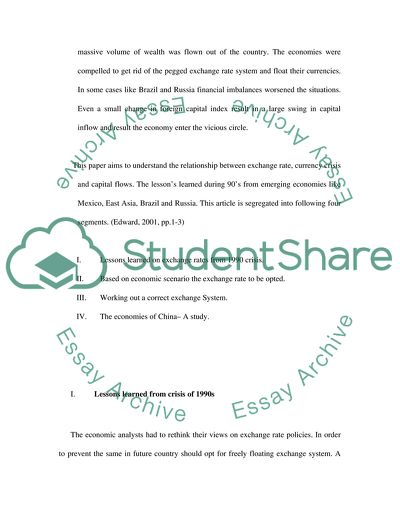Cite this document
(Are Fixed Exchange Rates Compatible with Free Capital Flows Assignment, n.d.)
Are Fixed Exchange Rates Compatible with Free Capital Flows Assignment. Retrieved from https://studentshare.org/macro-microeconomics/1735006-international-finance-are-fixed-exchange-rates-compatible-with-free-capital-flows-discuss
Are Fixed Exchange Rates Compatible with Free Capital Flows Assignment. Retrieved from https://studentshare.org/macro-microeconomics/1735006-international-finance-are-fixed-exchange-rates-compatible-with-free-capital-flows-discuss
(Are Fixed Exchange Rates Compatible With Free Capital Flows Assignment)
Are Fixed Exchange Rates Compatible With Free Capital Flows Assignment. https://studentshare.org/macro-microeconomics/1735006-international-finance-are-fixed-exchange-rates-compatible-with-free-capital-flows-discuss.
Are Fixed Exchange Rates Compatible With Free Capital Flows Assignment. https://studentshare.org/macro-microeconomics/1735006-international-finance-are-fixed-exchange-rates-compatible-with-free-capital-flows-discuss.
“Are Fixed Exchange Rates Compatible With Free Capital Flows Assignment”. https://studentshare.org/macro-microeconomics/1735006-international-finance-are-fixed-exchange-rates-compatible-with-free-capital-flows-discuss.


